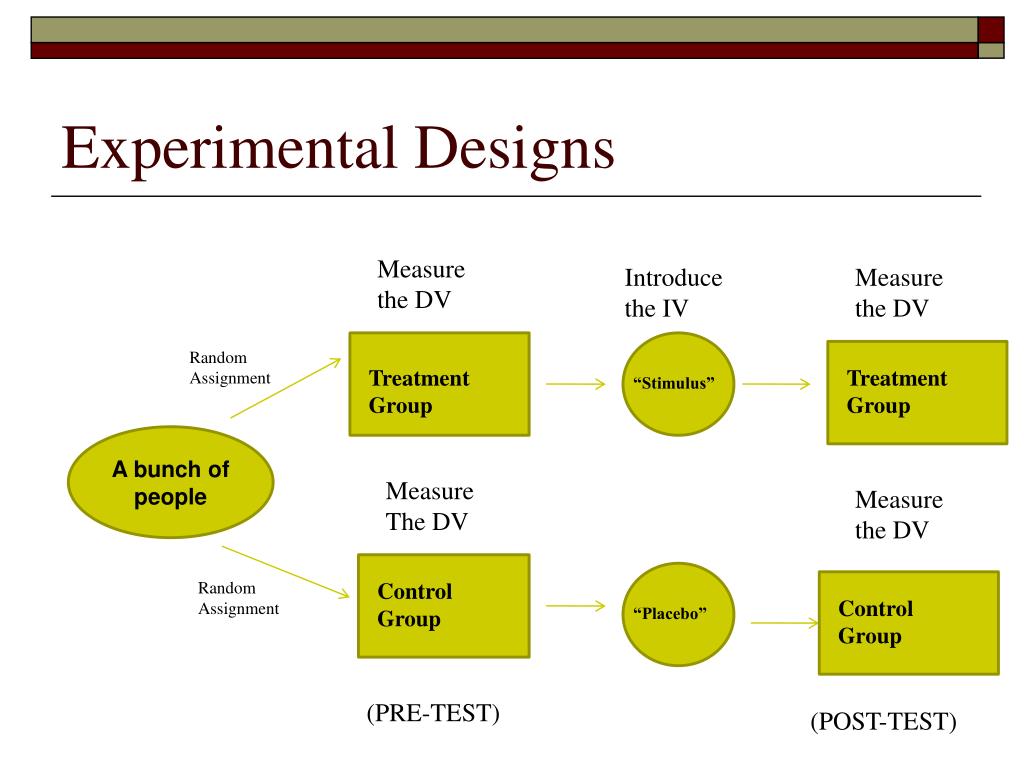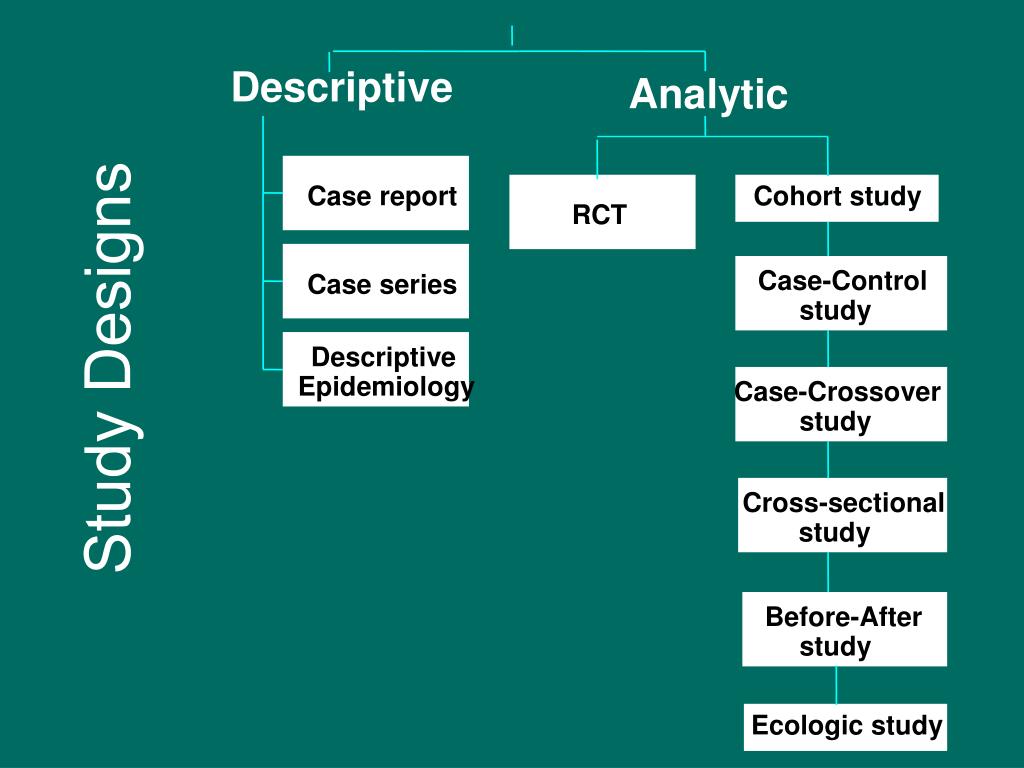Table Of Content

With this type of research design, you, as the researcher, manipulate one variable (the independent variable) while controlling others (dependent variables). Doing so allows you to observe the effect of the former on the latter and draw conclusions about potential causality. Experimental and quasi-experimental designs allow you to test cause-and-effect relationships, while descriptive and correlational designs allow you to measure variables and describe relationships between them. It’s also possible to use a mixed methods design that integrates aspects of both approaches.
Reliability and validity
A good research design serves as the blueprint for how you, as the researcher, will collect and analyse data while ensuring consistency, reliability and validity throughout your study. If you’re developing a new questionnaire or other instrument to measure a specific concept, running a pilot study allows you to check its validity and reliability in advance. If you’re not sure which methods will work best for your research design, try reading some papers in your field to see what data collection methods they used.

Types of quantitative research designs
This means that the researcher needs to assign participants to different groups or conditions in a way that each participant has an equal chance of being assigned to any group (note that this is not the same as random sampling). For example, withholding a potentially beneficial medical treatment from a control group may be considered unethical in certain situations. As you can see, correlational research design is useful when you want to explore potential relationships between variables that cannot be manipulated or controlled for ethical, practical, or logistical reasons. It is particularly helpful in terms of developing predictions, and given that it doesn’t involve the manipulation of variables, it can be implemented at a large scale more easily than experimental designs (which will look at next). Experimental research design is used to investigate cause-and-effect relationships between variables.
Double-Blind Studies in Research - Verywell Mind
Double-Blind Studies in Research.
Posted: Wed, 12 Apr 2023 07:00:00 GMT [source]
Qualitative research vs. Quantitative research
During the study, they may also gather data on self-reported mental health status using validated Likert scales. Based on this dataset, the researchers then explored the relationship between socioeconomic status and profession and mental health. While this provided excellent descriptive insights about which professions and SES groups tend to have higher mental health concerns, the researchers could not determine causal factors through the cross-sectional study alone. A blueprint of the procedure that enables the researcher to maintain control over all factors that may affect the result of an experiment. The classic experimental design specifies an experimental group and a control group.
What is a Research Design? Definition, Types, Methods and Examples
At each stage of the research design process, make sure that your choices are practically feasible. Before you can start designing your research, you should already have a clear idea of the research question you want to investigate. Find how to write research questions with the mentioned steps required for a perfect research question. So, follow these steps to formulate the perfect research design for your dissertation. Read our guidelines to write a research proposal if you have already formulated your research design. The research proposal is written in the future tense because you are writing your proposal before conducting research.

In other words, this type of research design is useful when you want to know whether a change in one thing tends to be accompanied by a change in another thing. For example, if you’re studying smartphone addiction among adolescents in your community, you could deploy a survey to a sample of teens asking them to rate their agreement with certain statements that relate to smartphone addiction. The collected data would then provide insight regarding how widespread the issue may be – in other words, it would describe the situation.
How to Write the Method Section of an APA Format Psychology Paper - Verywell Mind
How to Write the Method Section of an APA Format Psychology Paper.
Posted: Tue, 14 Mar 2023 07:00:00 GMT [source]
If students who spend more time on homework tend to have better academic performance, then there is a positive correlation between these two variables. However, they may not be able to determine that this correlation implies causation. To make it causal design, they may need to employ control and experimental groups in the study. Choosing the appropriate research design for your study requires careful consideration of various factors.
This design is often cyclical, meaning the practitioner implements a change, studies it, then uses the feedback to implement another change, and so forth, until substantive change is made. Action research is often participatory, meaning the practitioner is both a participant in the research and the person studying the phenomenon (Macdonald, 2012). This allows you to go into depth in the study, gaining strong insights into a specific instance. It is the preliminary stage of research and helps to define the problem statement, understand the underlying phenomena, or set the stage for further research (Abbott & McKinney, 2013). Exploratory research is a type of research conducted to clarify ambiguous problems or discover ideas that can be potential research topics.
Prospective versus retrospective study designs
While the study provides specific and detailed insights of the teaching method in that classroom, it cannot be generalized to other educational settings, as statistical significance has not been established to achieve generalization. A research design is defined as the overall plan or structure that guides the process of conducting research. It is a critical component of the research process and serves as a blueprint for how a study will be carried out, including the methods and techniques that will be used to collect and analyze data. A well-designed research study is essential for ensuring that the research objectives are met and that the results are valid and reliable. Cross-Sectional Studies - Studies in which the presence or absence of disease or other health-related variables are determined in each member of the study population or in a representative sample at one particular time.
The aim of case study research is to provide an in-depth understanding of a particular case or situation. Descriptive (or nonanalytical) studies, as the name suggests, merely try to describe the data on one or more characteristics of a group of individuals. These do not try to answer questions or establish relationships between variables.
The systematic review follows a transparent and replicable methodology to minimize bias and ensure reliability. This research method aims to collate all empirical evidence that fits pre-specified eligibility criteria to answer a specific research question. A systematic review is a type of research design that involves a comprehensive and structured overview of existing literature on a specific topic (Jalil, 2015). Example of Action Research DesignI supervised one research student, Mark, who completed an action research study in his own classroom under my supervision. He implemented a digital game-based approach to literacy teaching with boys and interviewed his students to see if the use of games as stimuli for storytelling helped draw them into the learning experience. Action research is a research design that involves using the scientific method to study professional practice in the workplace and improve upon it.
This design is used to determine whether one variable influences another variable (Ortiz & Greene, 2007). So, below, I present 25 potential forms of research design that can be employed in an academic empirical study. While various sources claim there are between 4 and 5 types of research design (each list, it seems, differs in its arguments), under each type are sub-types, representing the diversity of ways of going about conducting research. Combines elements of cross-sectional and longitudinal research to examine both age-related changes and cohort differences. Researchers immerse themselves in a particular cultural or social group to gain a deep understanding of their behaviors, beliefs, and practices. By honing in on the nuances of each research design and aligning your content with strategic SEO principles, you can ascend to the zenith of search engine rankings and establish your authority in the domain of research methodology.
A longitudinal study follows the same sample over time and makes repeated observations. With longitudinal surveys, for example, the same group of people is interviewed at regular intervals, enabling researchers to track changes over time and to relate them to variables that might explain why the changes occur. Longitudinal research designs describe patterns of change and help establish the direction and magnitude of causal relationships. It is a type of observational study and is sometimes referred to as a panel study. Example of Causal Research DesignConsider a study that aims to investigate the impact of classroom size on academic achievement. The researchers choose a causal research design, where they collect data on the size of each classroom (independent variable) and then compare that to the average academic performance of each class group (dependent variable).
Cross-Over Studies - Studies comparing two or more treatments or interventions in which the subjects or patients, upon completion of the course of one treatment, are switched to another. The elements of research design should be carefully planned and executed to ensure the validity and reliability of the study findings. Having worked through all of these potential research designs, you’d be forgiven for feeling a little overwhelmed and wondering, “But how do I decide which research design to use? While we could write an entire post covering that alone, here are a few factors to consider that will help you choose a suitable research design for your study. As an example, an ethnographer may study how different communities celebrate traditional festivals or how individuals from different generations interact with technology differently. This may involve a lengthy period of observation, combined with in-depth interviews to further explore specific areas of interest that emerge as a result of the observations that the researcher has made.
Naturally, quasi-experimental research designs have limitations when compared to experimental designs. Given that participant assignment is not random, it’s more difficult to confidently establish causality between variables, and, as a researcher, you have less control over other variables that may impact findings. The purpose of research design is to plan and structure a research study in a way that enables the researcher to achieve the desired research goals with accuracy, validity, and reliability.
When people were asked whether they would “favor or oppose taking military action in Iraq to end Saddam Hussein’s rule,” 68% said they favored military action while 25% said they opposed military action. The introduction of U.S. casualties altered the context of the question and influenced whether people favored or opposed military action in Iraq. The Center’s transition from conducting U.S. surveys by live telephone interviewing to an online panel (around 2014 to 2020) complicated some opinion trends, but not others. The Center adopted several strategies for coping with changes to data trends that may be related to this change in methodology. If there is evidence suggesting that a change in a trend stems from switching from phone to online measurement, Center reports flag that possibility for readers to try to head off confusion or erroneous conclusions.

No comments:
Post a Comment